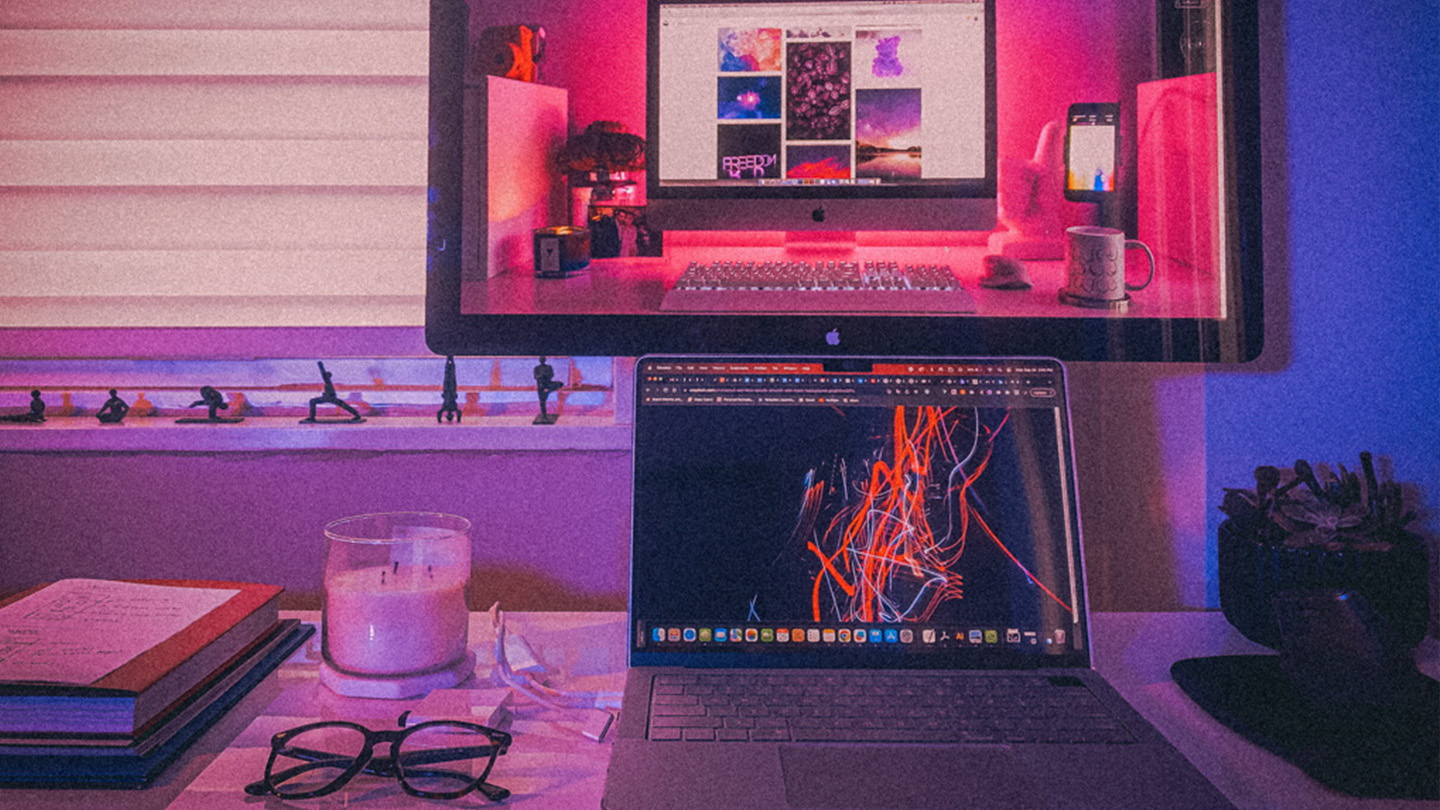Designing for the Future:
Navigating Trends and Innovations
In the ever-evolving world of design, staying ahead of the curve is paramount. As we journey further into the 21st century, design continues to shape our interactions, environments, and experiences in unprecedented ways. In this article, we’ll explore the latest design trends and innovations that are influencing the way we create and perceive the world around us.
- 1. Sustainable Design: A Green Revolution
Sustainability is no longer a trend; it’s a necessity. Designers across the globe are embracing eco-friendly practices and materials to reduce the environmental footprint of their creations. From recycled materials to energy-efficient designs, sustainability is transforming the industry. As consumers become more eco-conscious, businesses that prioritize sustainable design are not only making a positive impact but also gaining a competitive edge.
- 2. Humane Holistic Design: Embracing the Whole Experience
In the quest for design excellence, a concept gaining traction is humane holistic design. It goes beyond aesthetics and functionality to consider the emotional and psychological impact of design on individuals and communities. It emphasizes creating spaces, products, and experiences that enhance the overall well-being of users while fostering a sense of connectedness to the environment and society. This approach encourages designers to consider the long-term effects of their creations on human health, happiness, and the planet, promoting not just visually appealing outcomes, but also ones that contribute positively to our collective quality of life. In the era of humane holistic design, empathy, sustainability, and social responsibility are the driving forces behind transformative and truly impactful creations.
- 3. Augmented Reality (AR) and Virtual Reality (VR)
AR and VR technologies are reshaping design in fields ranging from gaming and entertainment to healthcare and education. These immersive experiences enable designers to engage users on a deeper level, providing interactive and immersive storytelling opportunities. The challenge lies in creating realistic and compelling virtual environments that blur the line between the physical and digital worlds.
- 4. Minimalism and Maximalism
Design trends often swing between extremes. While minimalism continues to influence aesthetics with its clean lines and simplicity, maximalism is making a comeback. Maximalist designs are bold, vibrant, and eclectic, embracing a “more is more” philosophy. Balancing these two styles requires a keen sense of aesthetics and an understanding of the emotional impact of design choices.
- 5. Biophilic Design
As urbanization increases, the need for a connection to nature becomes more profound. Biophilic design integrates natural elements like plants, water, and natural light into indoor spaces, promoting well-being and reducing stress. It’s a response to the concrete jungles we inhabit, providing a sense of tranquility and rejuvenation.
- 6. Inclusive Design
Inclusivity is no longer optional. Designers are now focusing on creating products and environments that cater to diverse user needs, including those with disabilities. Inclusive design aims to ensure that everyone can access and enjoy the same experiences, breaking down barriers and fostering a more equitable world.
- 7. Generative AI: Collaborating with Machines to Unlock Creativity
As we look to the future, one of the most exciting developments in design is the integration of generative AI. This technology leverages machine learning algorithms to assist and amplify the creative process. Designers can use generative AI to generate ideas, patterns, and even entire concepts based on data and parameters provided. It’s not about replacing human creativity but rather working in tandem with AI to explore uncharted territories and streamline the design process. By harnessing the immense computational power of AI, designers can iterate and experiment at a scale previously unimaginable, leading to innovations that push the boundaries of art and design. The synergy between human ingenuity and generative AI promises to unlock new dimensions of creativity, enabling us to tackle complex challenges and create designs that were once considered beyond the realm of possibility.
In conclusion, the world of design is a dynamic and ever-changing landscape, shaped by technological advancements, societal shifts, and evolving tastes. Whether you’re a seasoned designer or just starting out, staying informed about these trends and innovations is crucial. As we continue to design for the future, let’s embrace sustainability, humane holistic design, immersive technologies, and the diverse needs of our global community. By doing so, we can create a more inclusive, engaging, and beautiful world for all.

